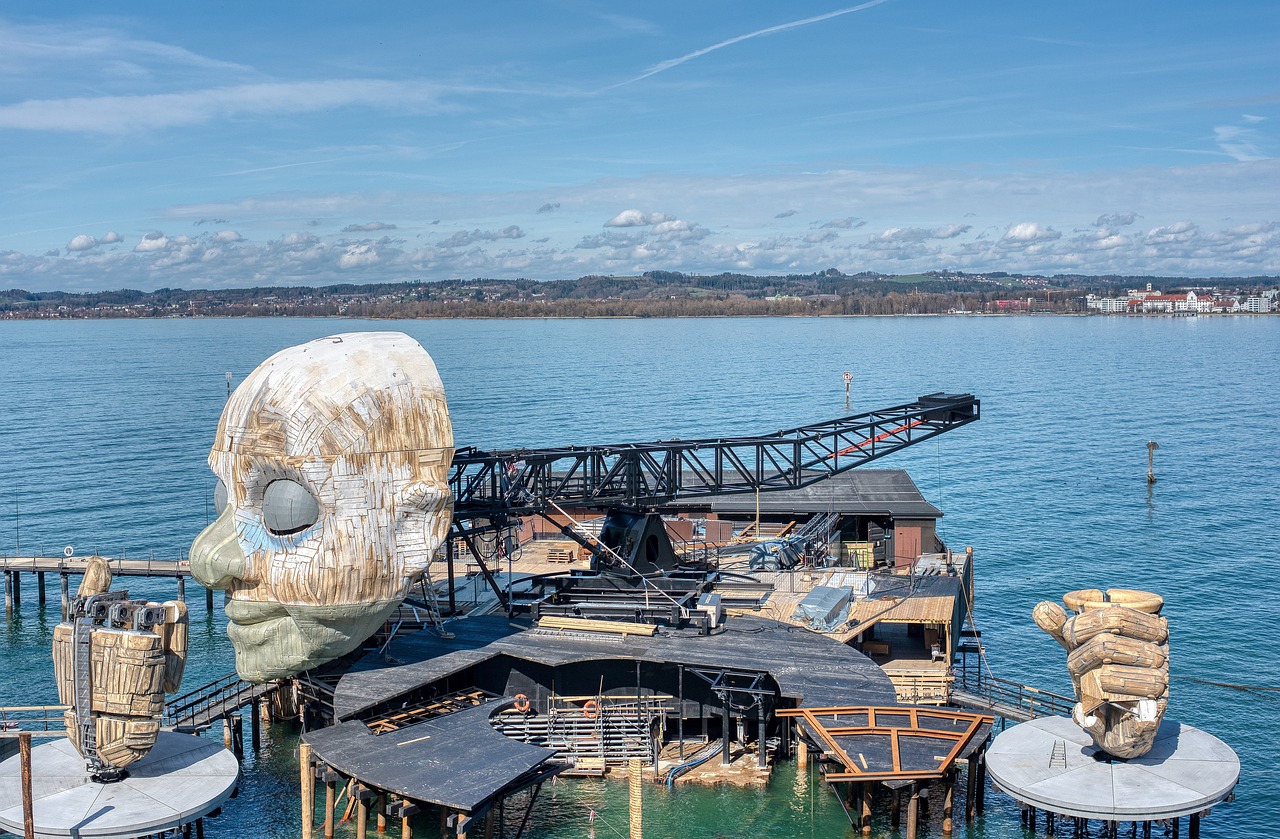The Music Festival Temporary Stage Architect.

A large-scale well-known music festival may have established a reputation for elaborate and impactful stage designs. The design is just one element that makes a stage stand out and the stage architect has the responsibility to bring a design to life. What does this role entail and what are the key considerations when making designs a reality.
The temporary stage architect has key responsibilities when making a creative design a reality which can include the safety and functionality of the completed stage along with meeting specified budgets and delivering on time. A stage designer may not fully understand the implications of their design for construction, and it is the architect that converts designs into usable temporary stage structures.
Role of the Stage Architect.
The architect is the crucial link between designers and the reality of what is possible and are usually self-employed contractors. In some circumstances a small design studio may employ a team of designers and architects who work closely together as a team. Both designers and architects work to a theme brief supplied by the festival organiser to produce a workable solution matching their requirements. The architect will ensure that the final stage construction incorporates allowances for lighting rigs and video walls with structural integrity. The stage must be built taking account of potential loads and weights of equipment plus an allowance for adverse weather conditions including wind loading for example.
Planning, Budgets and Timing.
The architect will usually use design tools and software commonly referred to as Computer-Aided-Design (CAD). CAD helps to increase measurement accuracy for precision designs as well as enhancing productivity with faster development time. The organiser should provide a detailed festival site layout plan which enables the architect to design a stage that can fit into its environment. The site plan will also indicate temporary infrastructure locations for electricity supplies and transport load-in load-out zones. The architect will also need to consider and comply with any local building regulations relating to temporary structures along with health and safety compliance. Plans may have to be submitted to local authorities and fire services for approval to ensure fire regulations are met which may also form part of a proposed insurance coverage policy. The architect also has responsibility to accurately calculate the cost of materials and labour which meet a specified budget along with a detailed plan for delivery for the completed stage to fit with organisers timing schedules.
Sustainability.
Music festival organisers now put greater emphasis on sustainability so the stage architect must incorporate recycled or sustainable materials in the construction specifications. Where possible the temporary stage construction must be able to be dismantled easily without producing waste and in some cases prepared for future re-use.
For festival organisers planning their next events using a software management platform like Festival Pro gives them all the functionality they need manage every aspect of their event logistics. The guys who are responsible for this software have been in the front line of event management for many years and the features are built from that experience and are performance artists themselves. The Festival Pro platform is easy to use and has comprehensive features with specific modules for managing artists, contractors, venues/stages, vendors, volunteers, sponsors, guestlists, ticketing, site planning, cashless payments and contactless ordering.
Image by webentwicklerin via Pixabay
<< Back to articles
Contact us
Get in touch to discuss your requirements.
US: +1 424 485 0220 (USA)
UK: +44 207 060 2666 (United Kingdom)
AU: +61 (2) 8357 0793 (Australia)
NZ: +64 (0)9887 8005 (New Zealand)